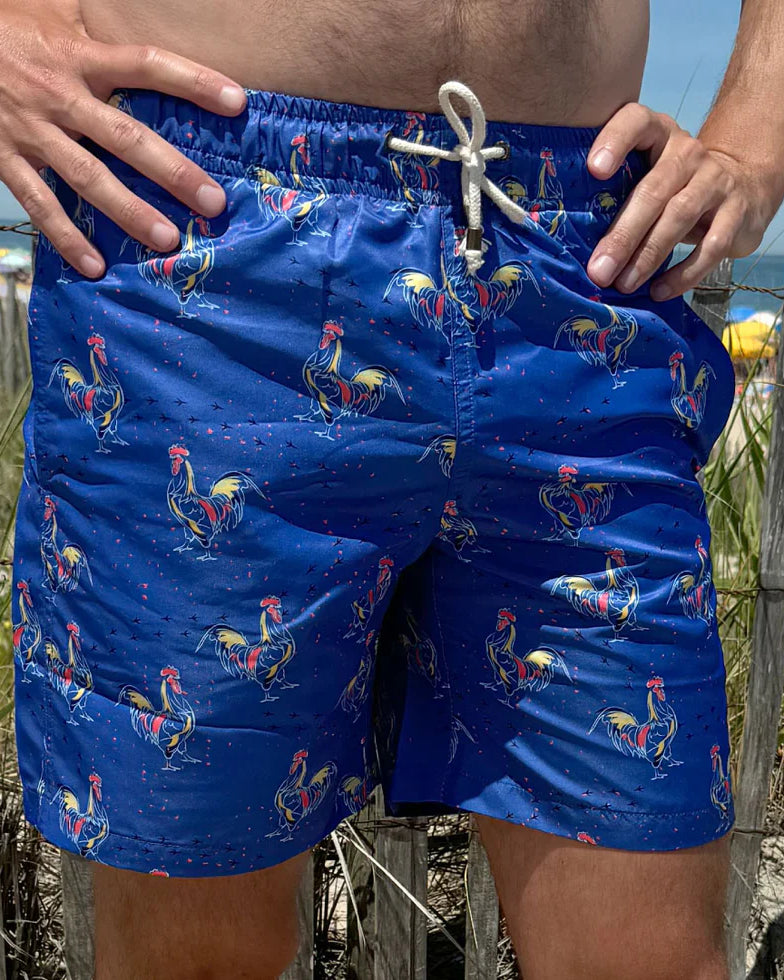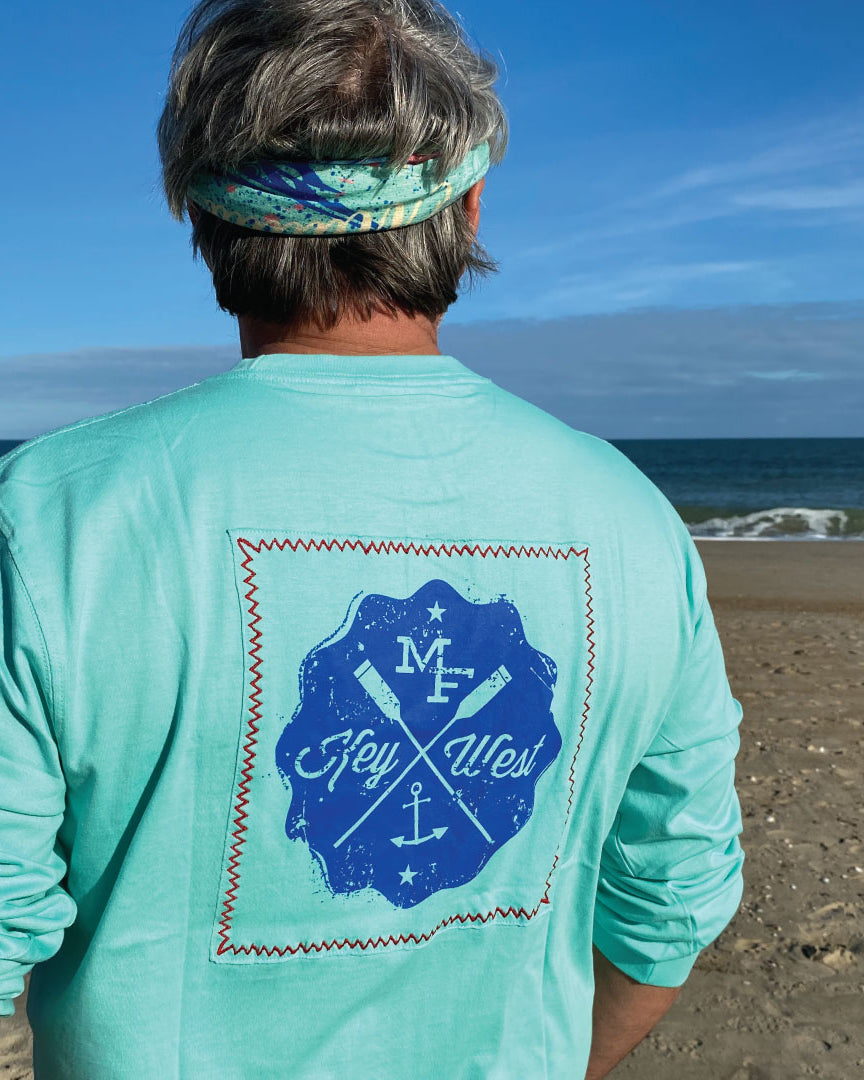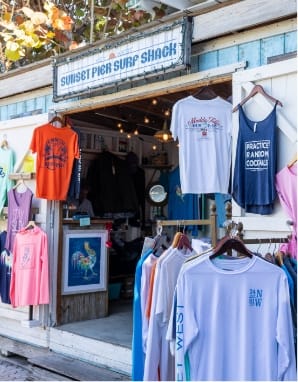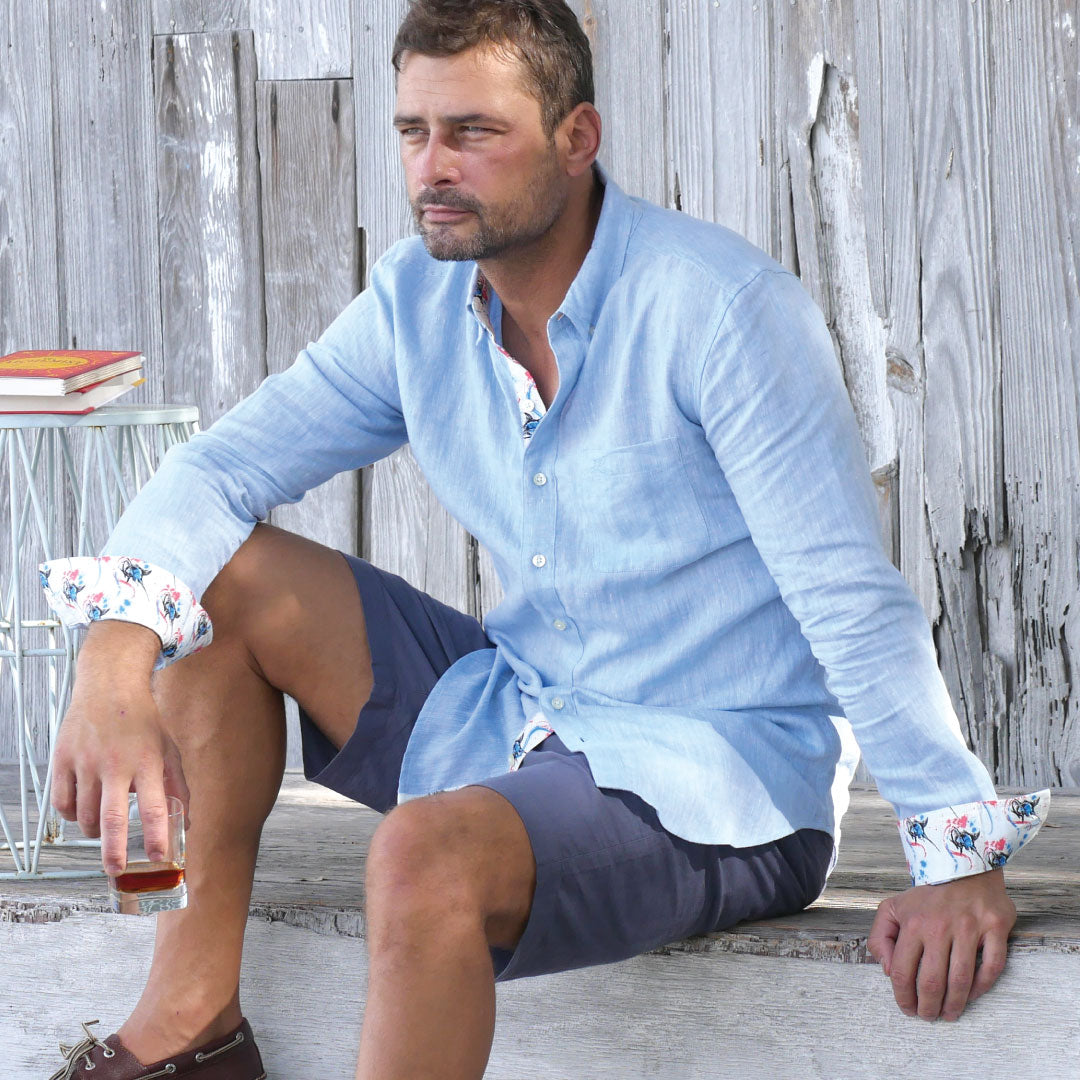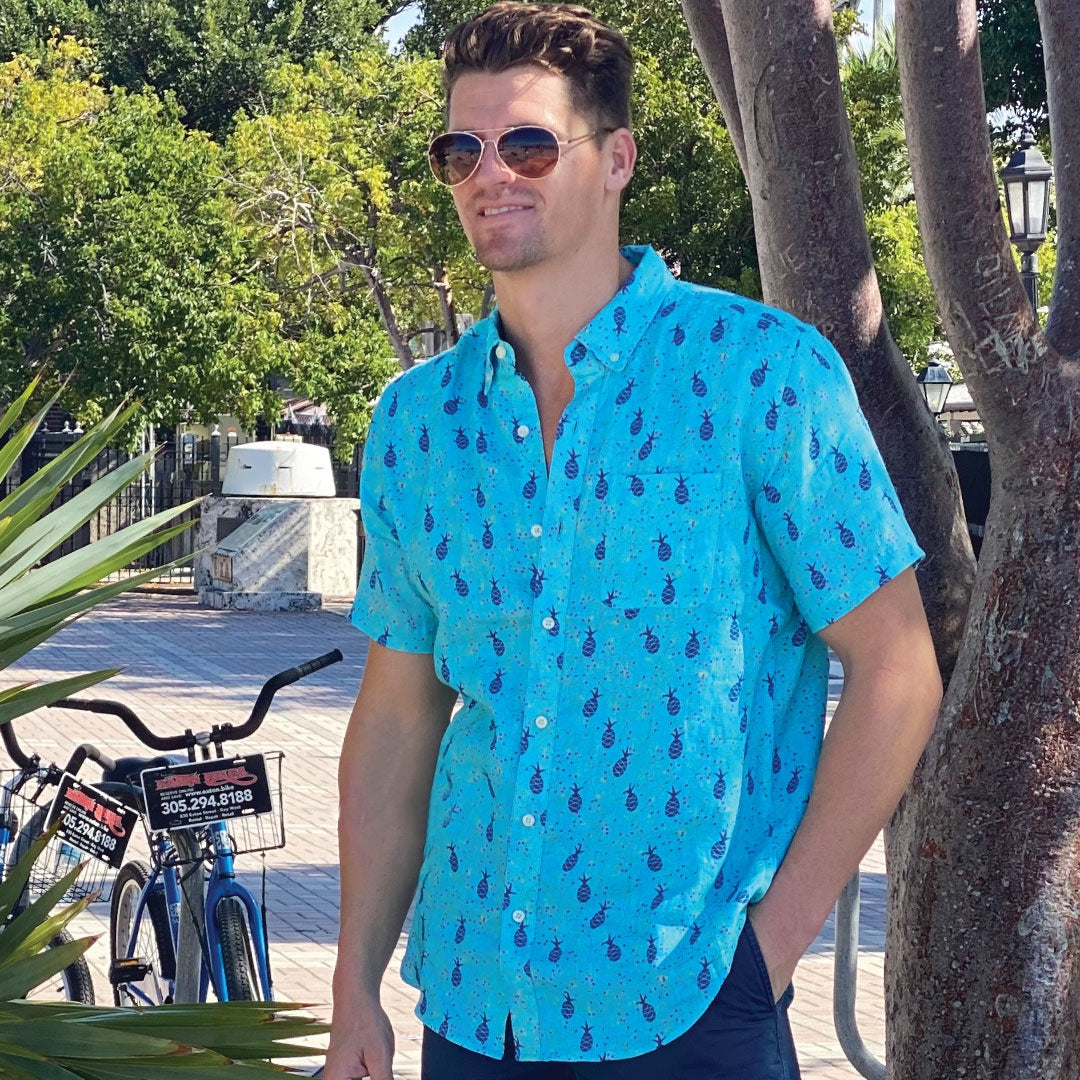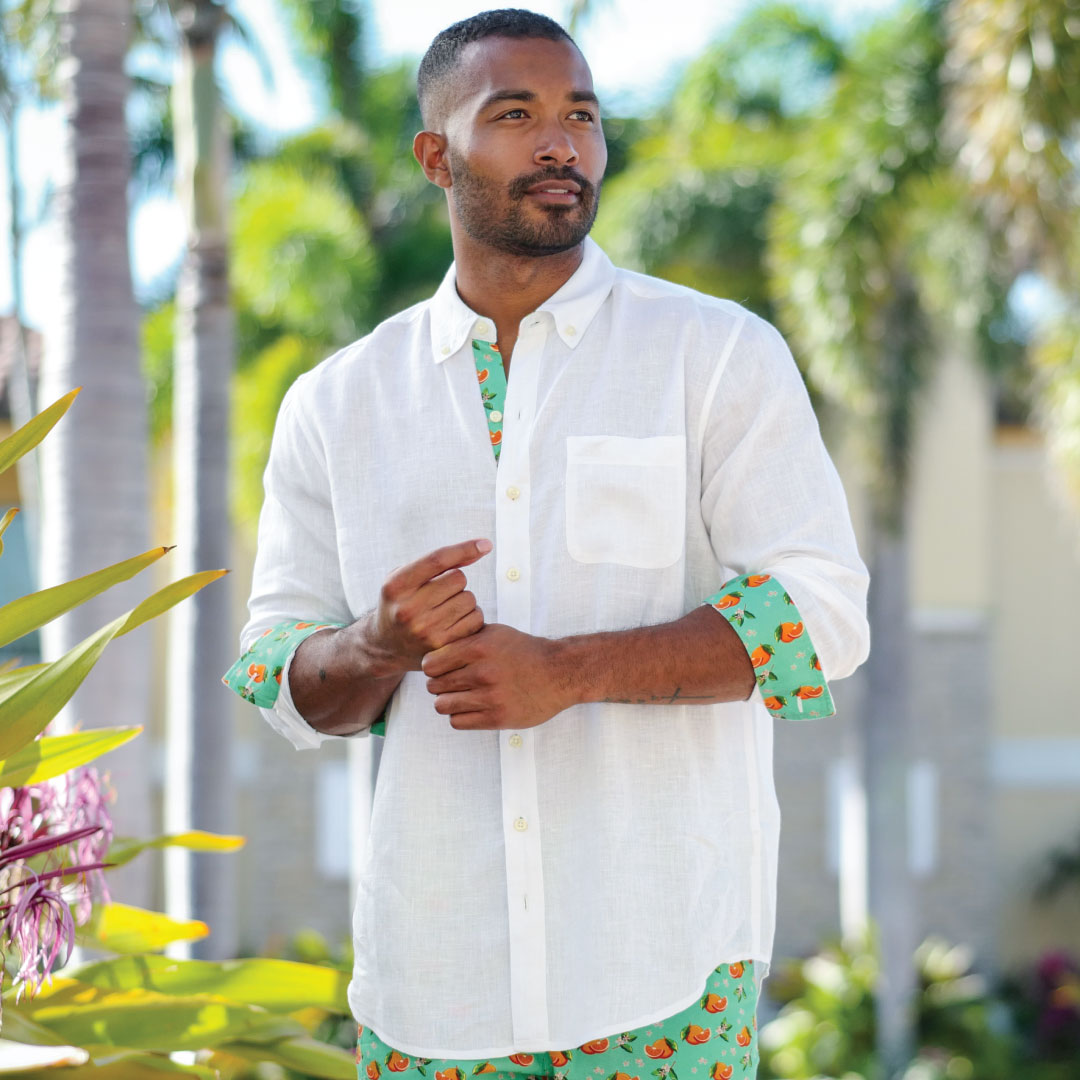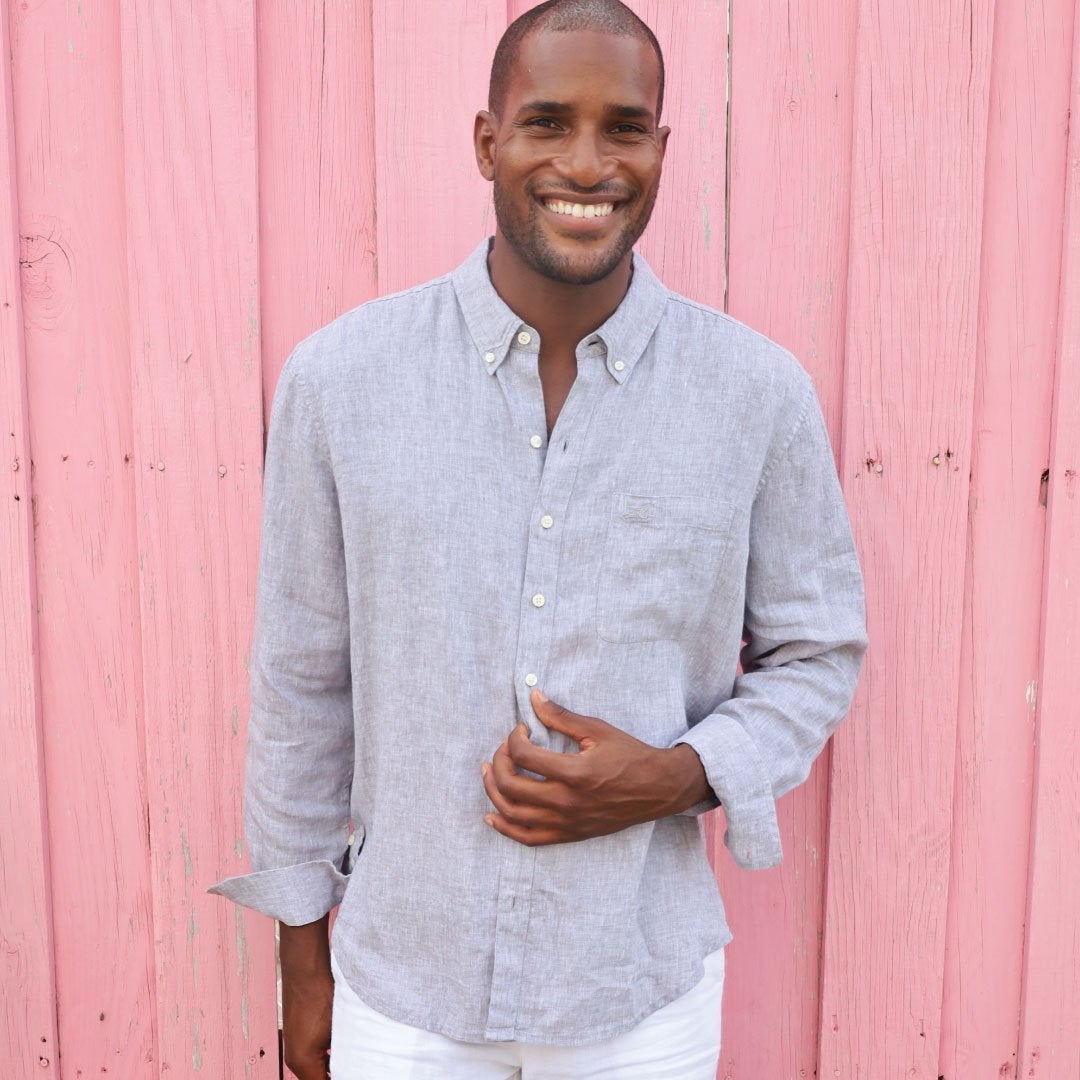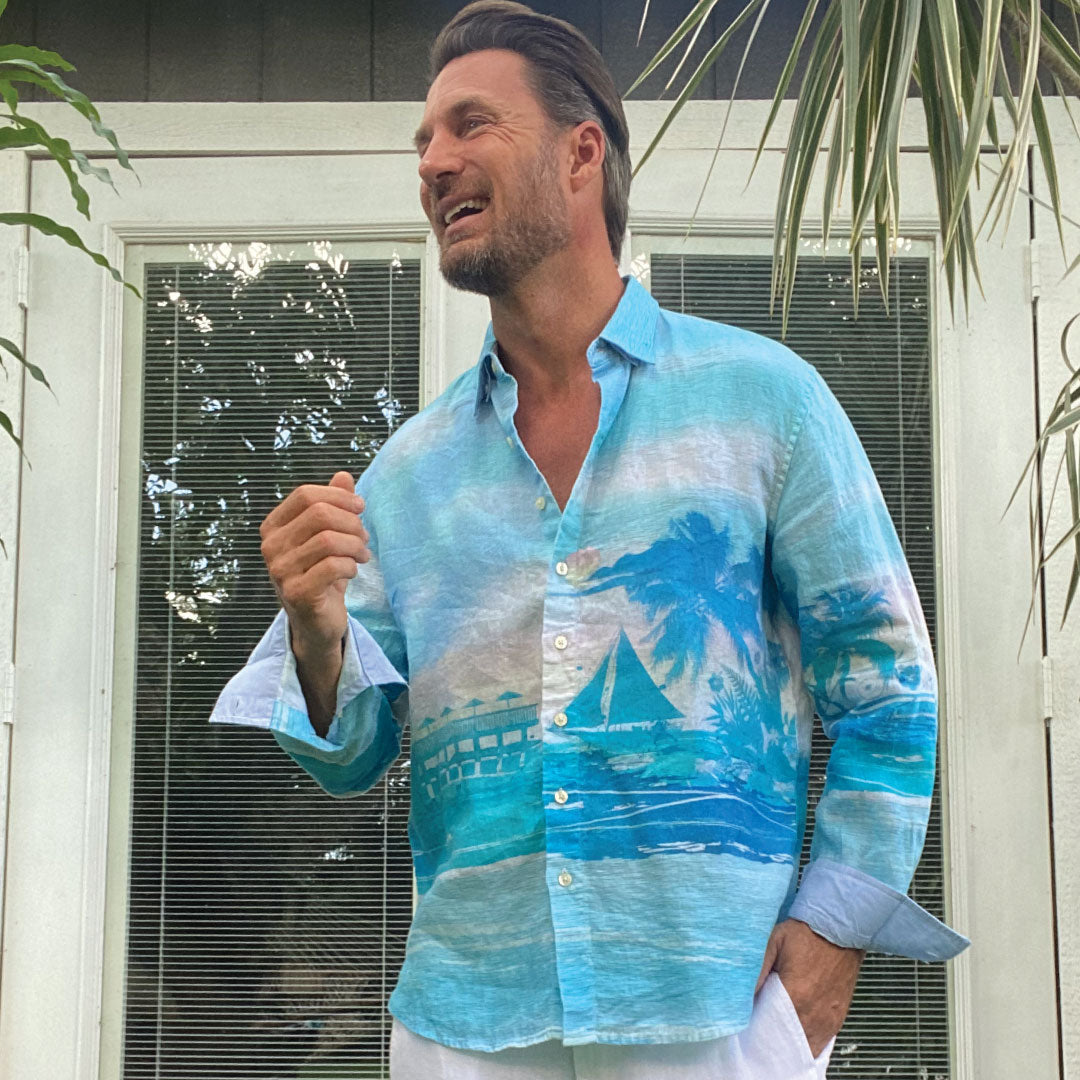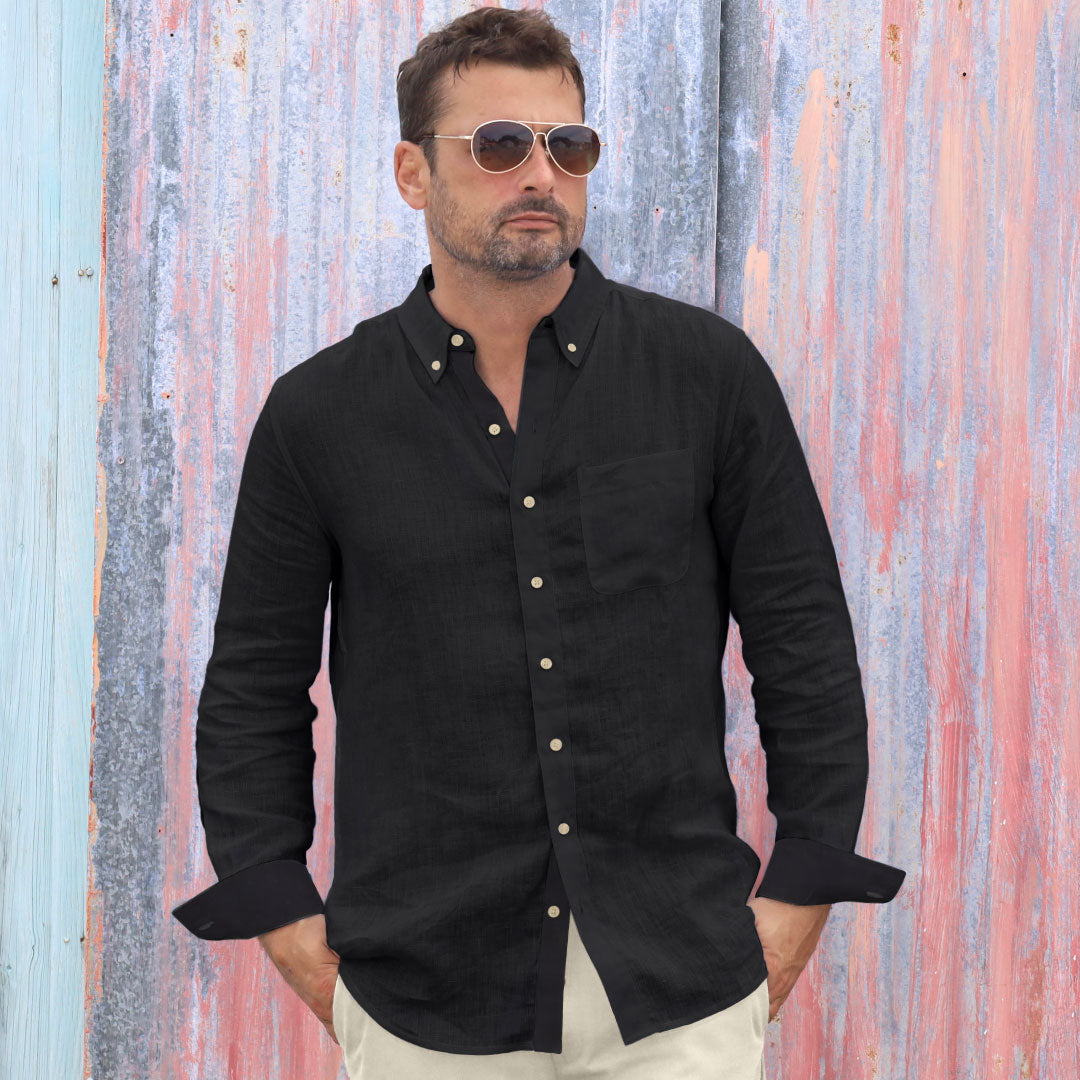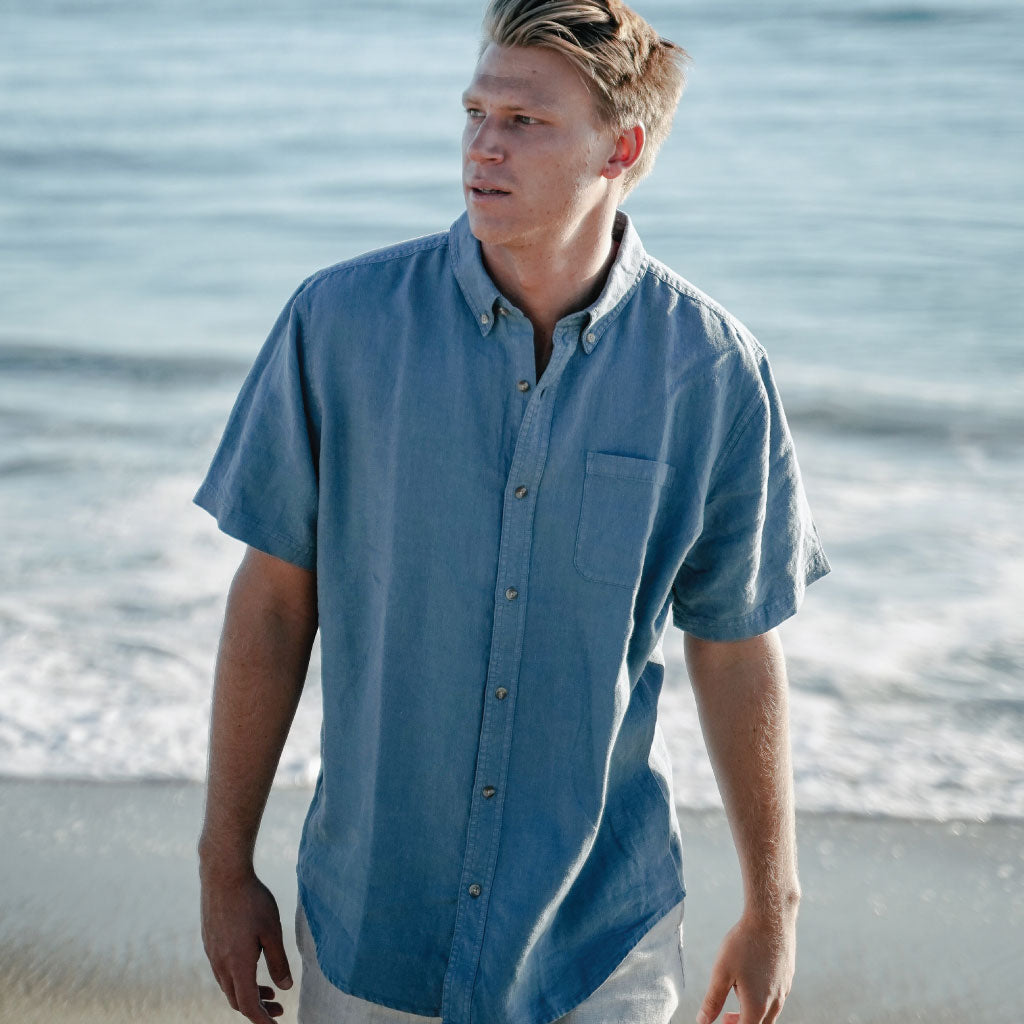
Why Even Wear A Bathing Suit?
Ok, ok…. we’re not getting suggestive here. The answer is obvious: to make a fashion statement, to have coverage during your water adventures, or something to quickly rip on or off your sun-kissed body when the mood hits.
But it got us thinking… what did people do prior to the advent of bathing suits? Actually, ready for this? Swimmers cavorted in the buff. Yes. You heard right. We did some research on this and it’s true: bathing suits didn’t used to exist, and all classical pictures of swimming show nude swimmers. If folks used to swim in the buff, why don’t we continue to do so? Why do we spend our hard earned money covering our, arguably, most valuable parts with colorful bathing suits? Let’s take a look into the past…
The English practice of men swimming naked was formally banned in 1860. It does seem that the Brits led the way on swimming apparel regulations and interesting apparatuses. For example, were you aware of a creature called a “bathing machine"?
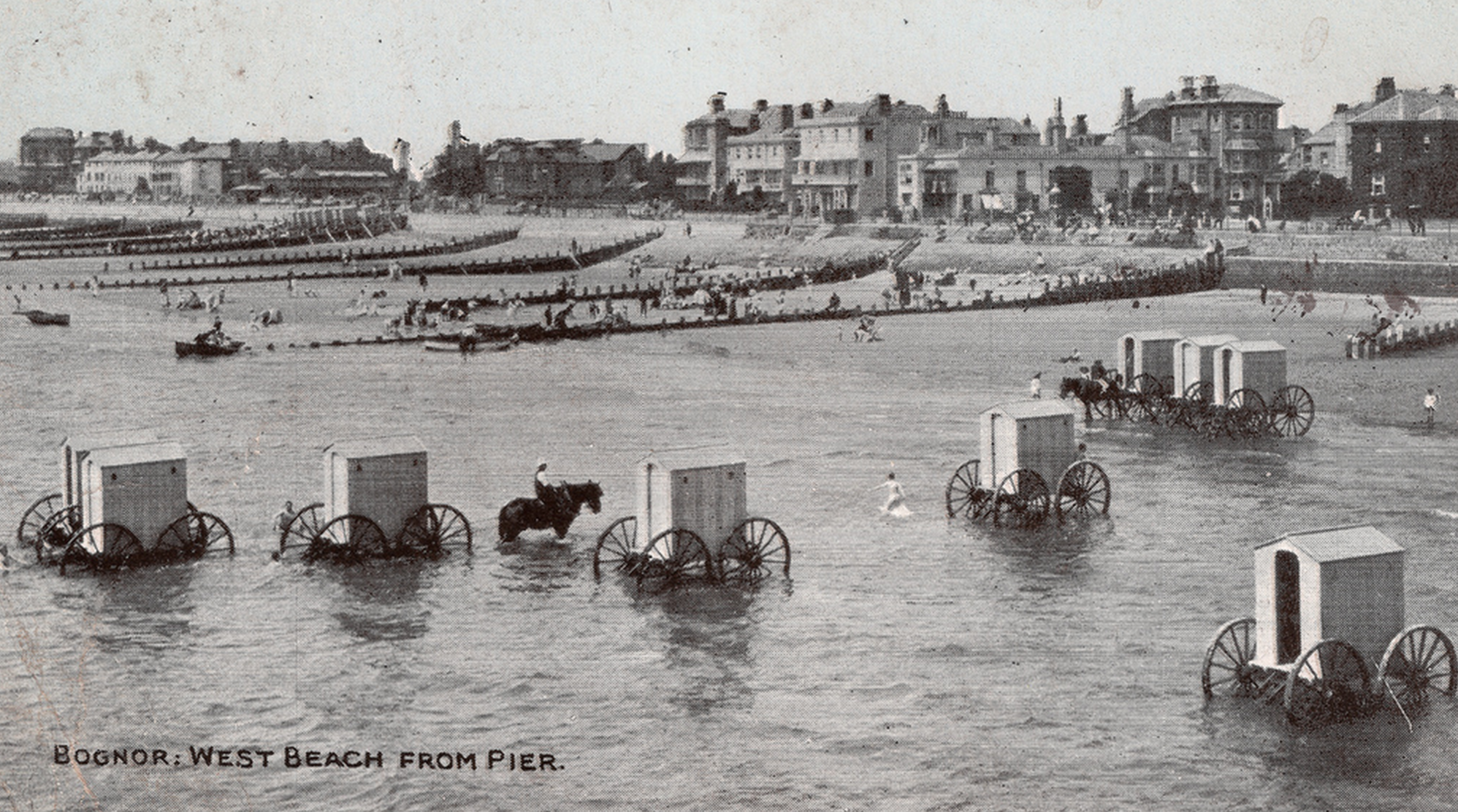
Bathing machines were principally used in the 1800’s before bathing suits were invented. These “machines” allowed women to access the water without being viewed. Designed by Benjamin Beale, a Quaker, the structure allowed women the pleasures of bathing in a private manner. The structure, similar in design to a sizeable outhouse, sat on axels and large wheels. They were pushed in/pulled out of the water via horses in a manner similar to a plow horse tilling the field. Some resorts were savvy enough to have rails leading into the water upon which the bathing machines were tracked.

A would-be swimmer entered the machine in full street attire, removed their clothing and were lowered into the water. Later, when bathing suits were invented, female swimmers would change and store their clothes in a compartment high inside the room. Once lowered, swimmers (mostly women, although also used in some areas by men) would exit directly into the water with the bathing machine structure shielding view from beach onlookers. Sometimes “dippers” (stronger females or males) would be available to help swimmers in and out of the water. This has us a little curious… Does this mean that “dippers” were “peekers” as well?
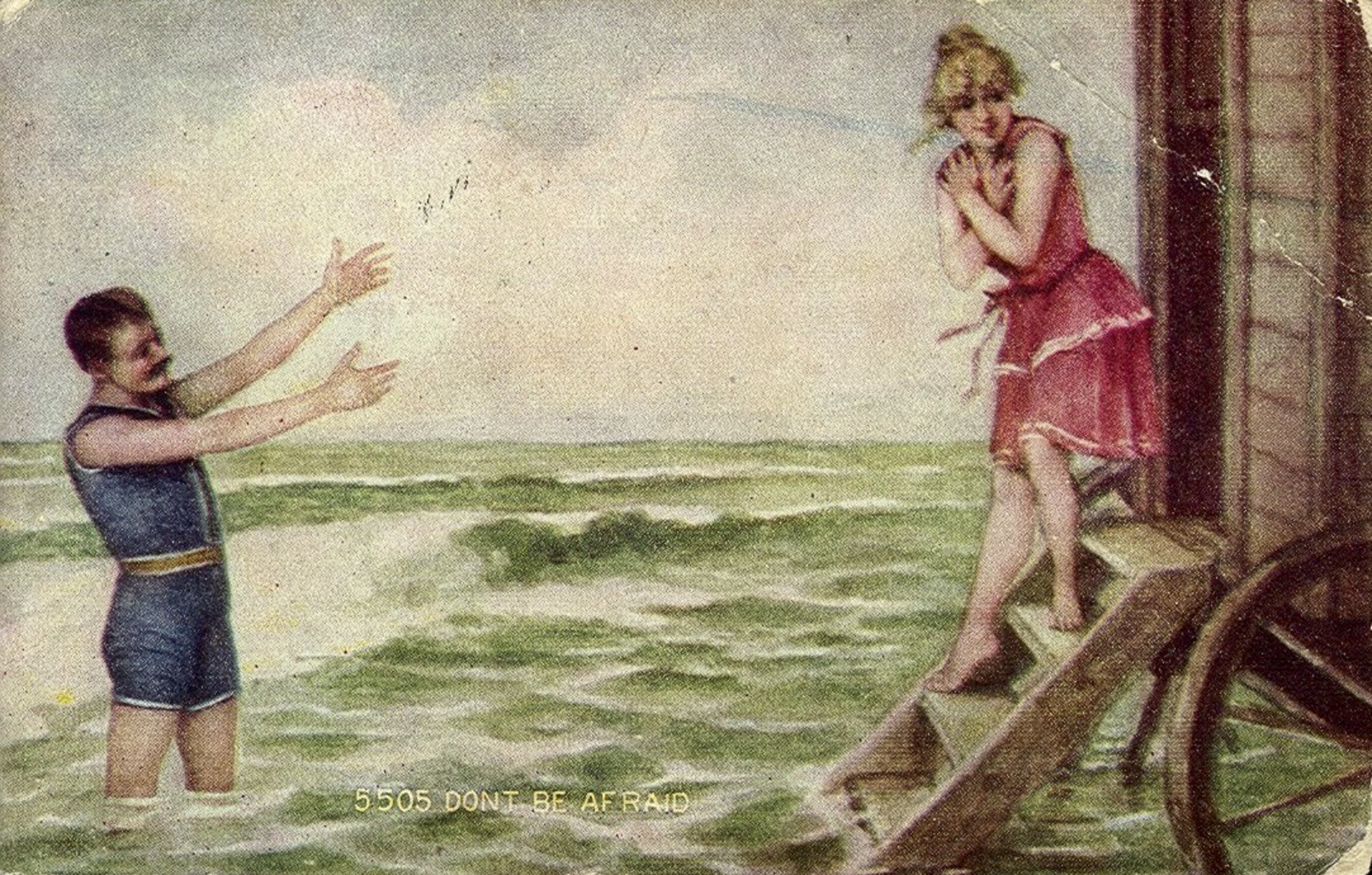
In the early 1900’s mixed gender bathing became acceptable, so bathing machines transitioned to beachside changing rooms and later cabanas. I guess we could say that an 1800’s “male dipper” is analogous to today’s “cabana boy”.
Some of the first bathing suits were made from flannel, believing the warmer fabric would help protect against the colder water. Originally, women wore “bathing gowns” that would not be transparent when wet. Men would wear a form-fitting garment that resembled “long john” underwear made from wool. This design stayed consistent in men’s “bathing” wear for a century. There were two-piece designs for women, but they still essentially covered the entire body.

It wasn’t until after WWII that the first bikinis became acceptable and fashionable, however, the bottoms had to cover the naval. Small bit of trivia: Bikini’s are named after “ Bikini Atoll” in the Marshall Islands. The Bikini islands were the site of extensive nuclear tests and had become fairly well known at time. Designer Louis Reard introduced the bikini at a Paris fashion show in 1946. It was described as “the atom bomb of fashion” and “like the bomb, the bikini is small and devastating”.
It wasn’t until the 1960’s that men’s swim trunks and women’s design “lost fabric” and became an entirely different fashion statement. Over the past 50 years designs and fabrics have changed and quite frankly, gone back and forth from “less is more” to “more is better”. It genuinely depends on which beach in what part of the world you happen to be playing on.
For us…well, no bikini’s yet in our collection, but we have colorful men’s swim trunks and swim cargoes for one heck of a studly look…that is…as studly as you can look while covering your assets! It’s not always practical to go nude…and we’re by no means discouraging the practice, but it is practical to have fabrics that breathe and dry quickly, have plenty of storage for personal items, and look great for your next rendezvous with our favorite element, H2O.
Swimwear
Sandbar Swim Trunk
Whether on shore or just a lazy day on the sandbar, these quick-drying trunks will carry you through another beautiful island day.
Photo Credits:
1. Clothes on beach: Shutterstock, Inc. 2. "Bognor: West Beach from Pier" (scanned vintage post card) 3. Beach bathing machines: No listing of publisher, date, nor any assertion of copyright. 4. "Don't Be Afraid", c. 1910. Scanned from period postcard. No listing of publisher, date, nor any assertion of copyright. 5. Cover photograph from Diana Non-Shrink Knitting, ca. 1930's 6. Diana Non-Shrink Knitting, Patons and Baldwins Help to Knitters (book cover), c. 1930's 7. Lady bathers: Dorothea and Maryal Knox in the surf at Rye, NY, ca.1900. Courtesy of Schlesinger Library, RIAS, Harvard University. 8. Utopia Yarn Book, circa 1910. Courtesy Peggy, Iva Rose Reproductions

Why Even Wear A Bathing Suit?
Ok, ok…. we’re not getting suggestive here. The answer is obvious: to make a fashion statement, to have coverage during your water adventures, or something to quickly rip on or off your sun-kissed body when the mood hits.
But it got us thinking… what did people do prior to the advent of bathing suits? Actually, ready for this? Swimmers cavorted in the buff. Yes. You heard right. We did some research on this and it’s true: bathing suits didn’t used to exist, and all classical pictures of swimming show nude swimmers. If folks used to swim in the buff, why don’t we continue to do so? Why do we spend our hard earned money covering our, arguably, most valuable parts with colorful bathing suits? Let’s take a look into the past…
The English practice of men swimming naked was formally banned in 1860. It does seem that the Brits led the way on swimming apparel regulations and interesting apparatuses. For example, were you aware of a creature called a “bathing machine"?

Bathing machines were principally used in the 1800’s before bathing suits were invented. These “machines” allowed women to access the water without being viewed. Designed by Benjamin Beale, a Quaker, the structure allowed women the pleasures of bathing in a private manner. The structure, similar in design to a sizeable outhouse, sat on axels and large wheels. They were pushed in/pulled out of the water via horses in a manner similar to a plow horse tilling the field. Some resorts were savvy enough to have rails leading into the water upon which the bathing machines were tracked.

A would-be swimmer entered the machine in full street attire, removed their clothing and were lowered into the water. Later, when bathing suits were invented, female swimmers would change and store their clothes in a compartment high inside the room. Once lowered, swimmers (mostly women, although also used in some areas by men) would exit directly into the water with the bathing machine structure shielding view from beach onlookers. Sometimes “dippers” (stronger females or males) would be available to help swimmers in and out of the water. This has us a little curious… Does this mean that “dippers” were “peekers” as well?

In the early 1900’s mixed gender bathing became acceptable, so bathing machines transitioned to beachside changing rooms and later cabanas. I guess we could say that an 1800’s “male dipper” is analogous to today’s “cabana boy”.
Some of the first bathing suits were made from flannel, believing the warmer fabric would help protect against the colder water. Originally, women wore “bathing gowns” that would not be transparent when wet. Men would wear a form-fitting garment that resembled “long john” underwear made from wool. This design stayed consistent in men’s “bathing” wear for a century. There were two-piece designs for women, but they still essentially covered the entire body.


It wasn’t until after WWII that the first bikinis became acceptable and fashionable, however, the bottoms had to cover the naval. Small bit of trivia: Bikini’s are named after “ Bikini Atoll” in the Marshall Islands. The Bikini islands were the site of extensive nuclear tests and had become fairly well known at time. Designer Louis Reard introduced the bikini at a Paris fashion show in 1946. It was described as “the atom bomb of fashion” and “like the bomb, the bikini is small and devastating”.
It wasn’t until the 1960’s that men’s swim trunks and women’s design “lost fabric” and became an entirely different fashion statement. Over the past 50 years designs and fabrics have changed and quite frankly, gone back and forth from “less is more” to “more is better”. It genuinely depends on which beach in what part of the world you happen to be playing on.
For us…well, no bikini’s yet in our collection, but we have colorful men’s swim trunks and swim cargoes for one heck of a studly look…that is…as studly as you can look while covering your assets! It’s not always practical to go nude…and we’re by no means discouraging the practice, but it is practical to have fabrics that breathe and dry quickly, have plenty of storage for personal items, and look great for your next rendezvous with our favorite element, H2O.
Swimwear

Sandbar Swim Trunk
Whether on shore or just a lazy day on the sandbar, these quick-drying trunks will carry you through another beautiful island day.
Photo Credits:
1. Clothes on beach: Shutterstock, Inc. 2. "Bognor: West Beach from Pier" (scanned vintage post card) 3. Beach bathing machines: No listing of publisher, date, nor any assertion of copyright. 4. "Don't Be Afraid", c. 1910. Scanned from period postcard. No listing of publisher, date, nor any assertion of copyright. 5. Cover photograph from Diana Non-Shrink Knitting, ca. 1930's 6. Diana Non-Shrink Knitting, Patons and Baldwins Help to Knitters (book cover), c. 1930's 7. Lady bathers: Dorothea and Maryal Knox in the surf at Rye, NY, ca.1900. Courtesy of Schlesinger Library, RIAS, Harvard University. 8. Utopia Yarn Book, circa 1910. Courtesy Peggy, Iva Rose Reproductions



